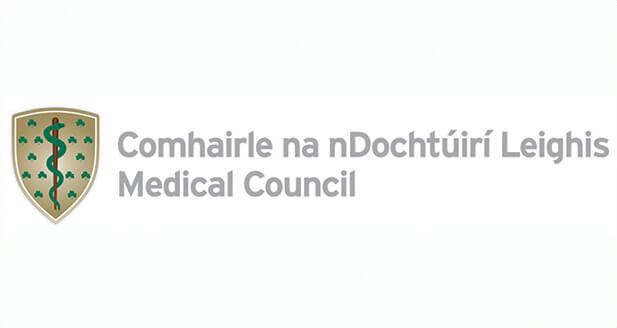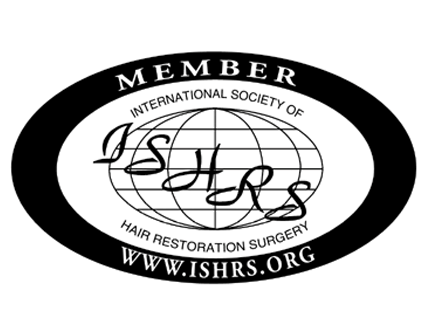The hair on the back and sides of the scalp tends to be permanent and is therefore known as the donor area or donor site. Hair bearing skin from this area is removed by the surgeon either graft by graft using a punch tool (Follicular Unit Extraction “FUE”) or in a long thin strip using a scalpel (Follicular Unit Transplantation – “FUT”). In an FUT transplant the hair bearing skin is then meticulously dissected by highly trained and experienced nurses and technicians using stereoscopic microscopes. The grafts produced are known as follicular units because, in this dissection process, the integrity of the follicular unit in the skin is maintained.
Tiny cuts or incisions are then made in the balding area. The size, shape and angle of the incision is critical to the cosmetic outcome of the transplant procedure. It is at this point that the art meets the science in hair transplant surgery. Prior to making the incisions the surgeon will already have planned out the map of the recipient area in consultation with the patient. The wishes of the patient will be matched by the reality of what the surgical team can achieve with the available donor hair. Hundreds, sometimes thousands, of recipient sites will be made to facilitate the placement of the grafts. It is important at this stage to point out that there is a major difference between mini/micro grafting and follicular unit transplantation. In mini/micro grafting small grafts are cut to size without respect for the integrity of the follicular unit.
It is a bit like transplanting a bed of prize rose trees. In the follicular unit stereomicroscopic dissection technique each rose tree, with its root ball intact, is carefully removed from the rose bed and carefully placed into a new site. With the mini/micro grafting technique the rose bed is chopped up into blocks, which may or may not contain an intact rose tree, with or without its root ball. With the first method of transplanting the roses, one would expect all the rose trees to be transplanted successfully and thrive in their new position. Using the cut to size method, most of the transplanted roses will grow but only a few will thrive and others will produce stunted growth.










